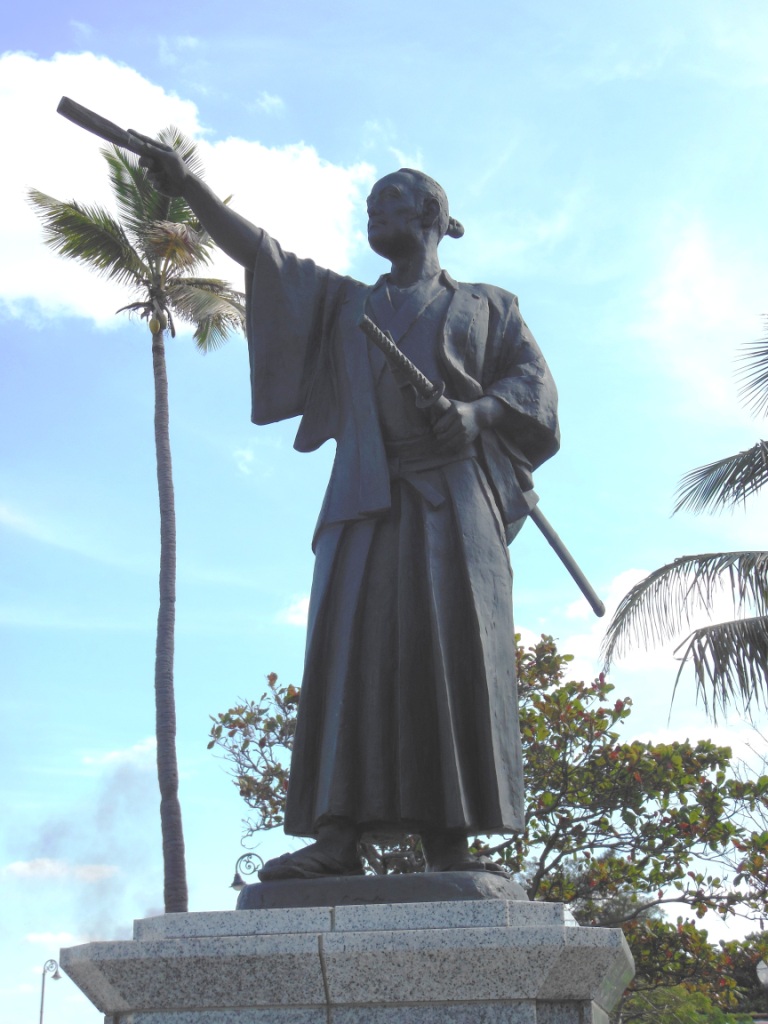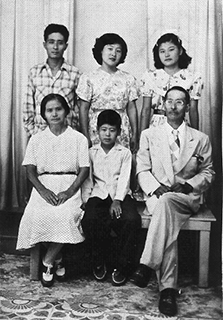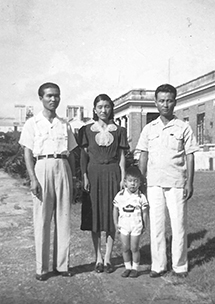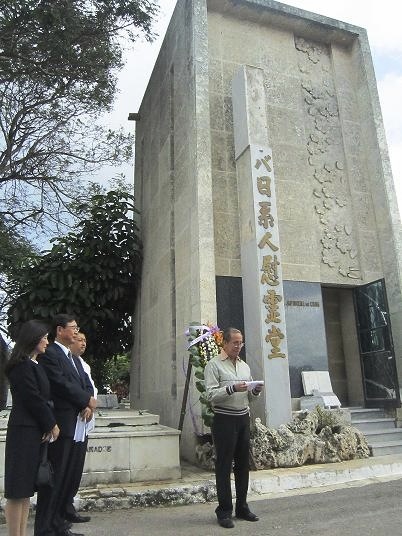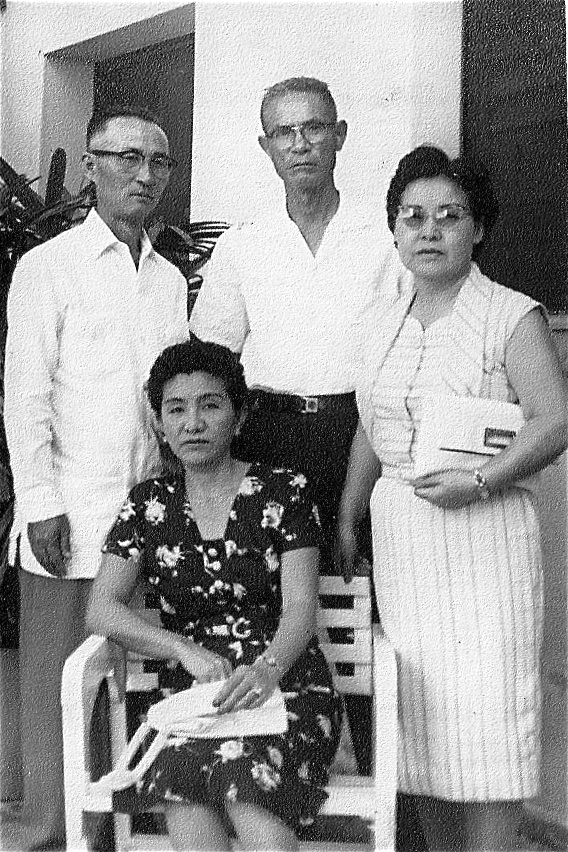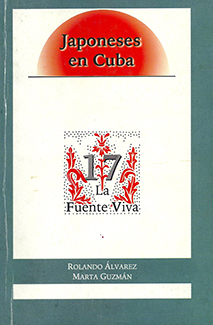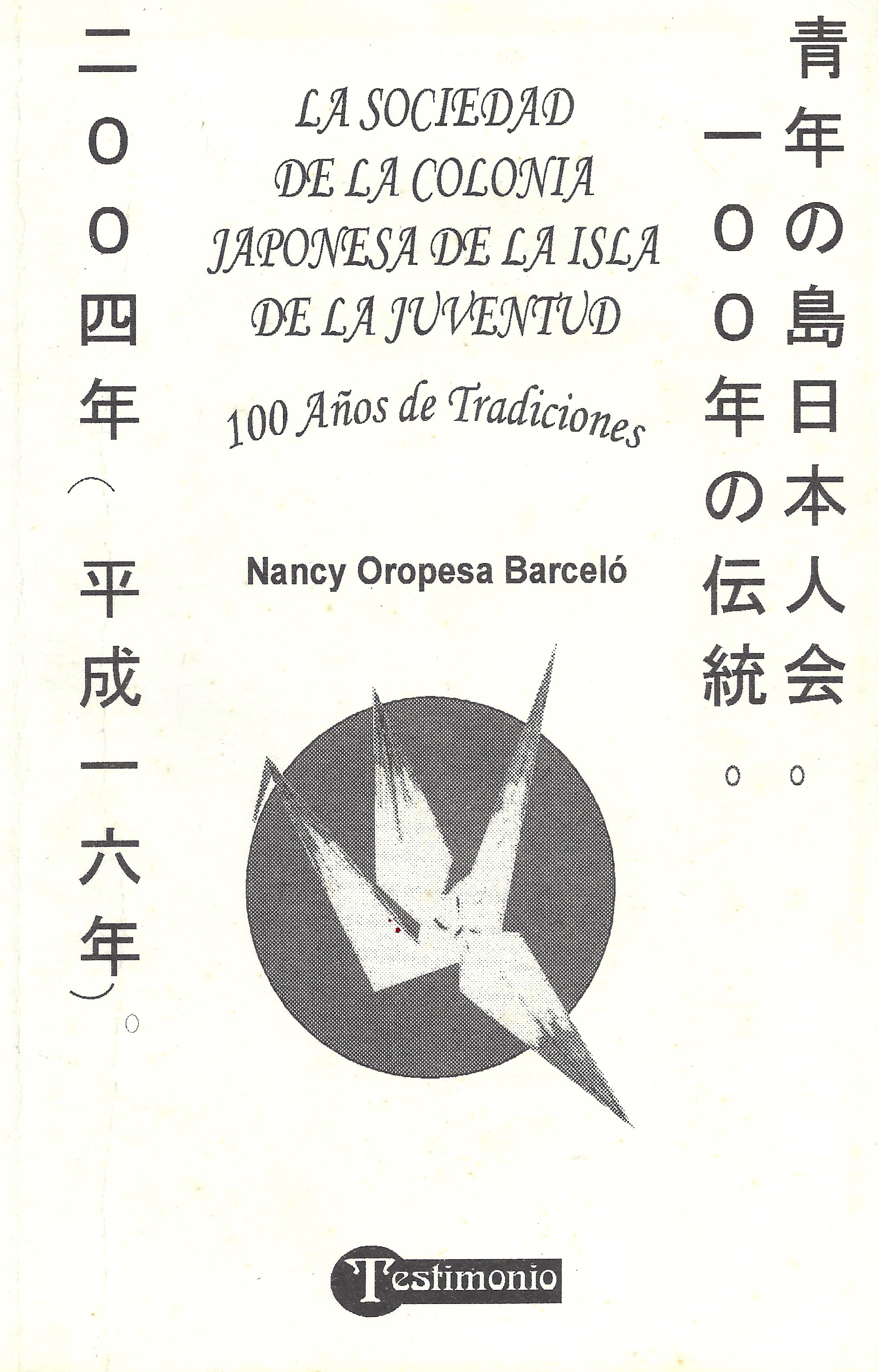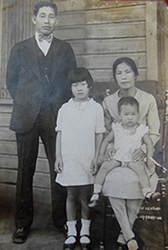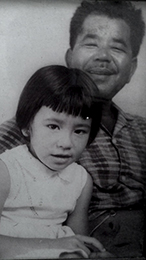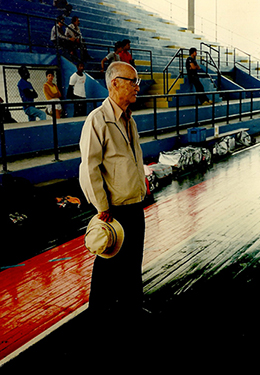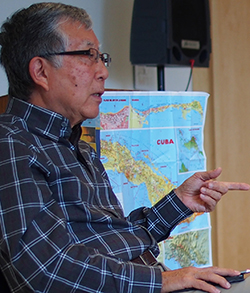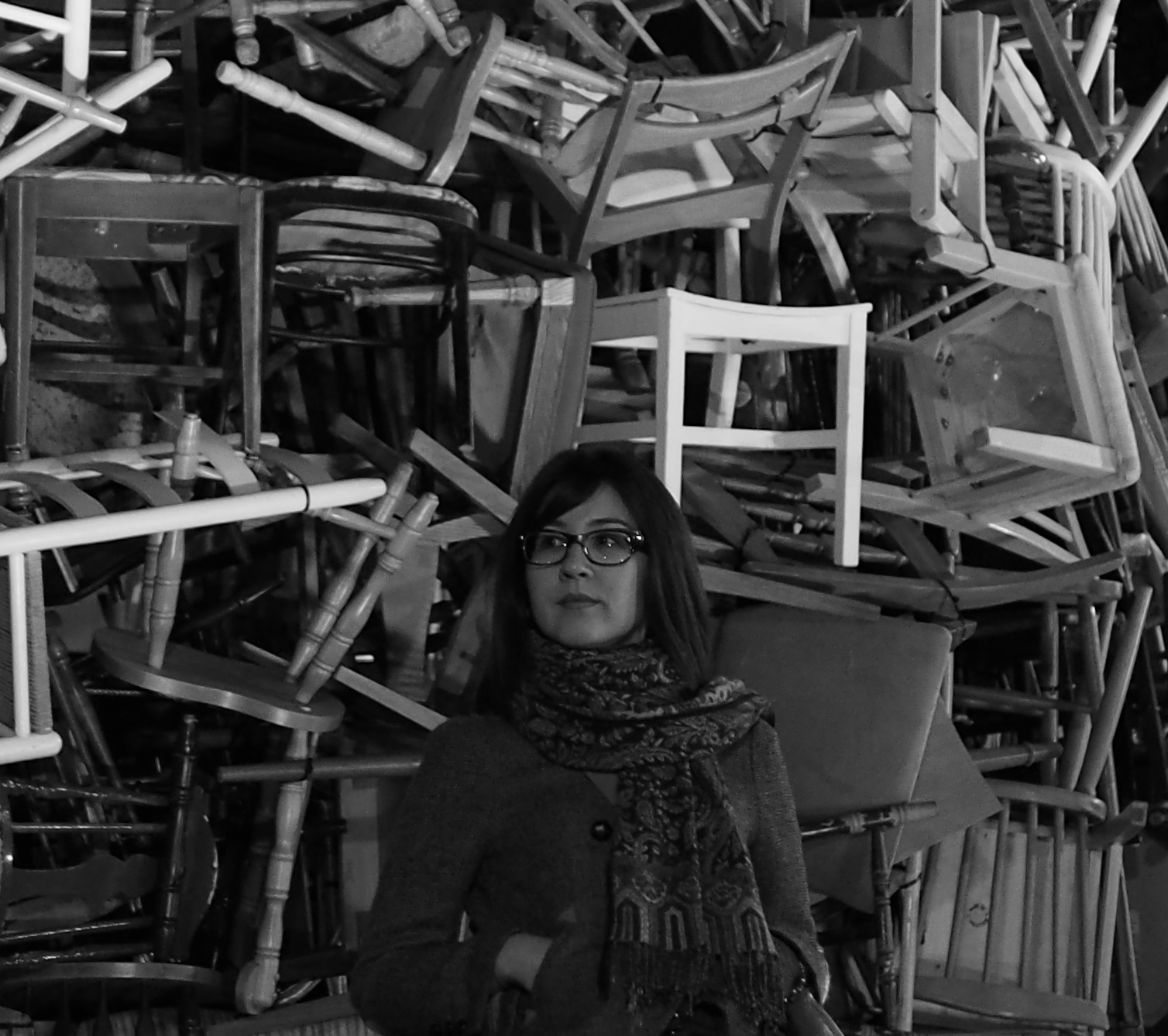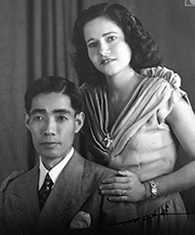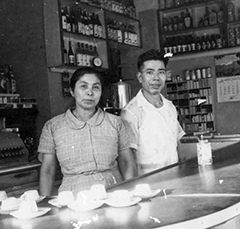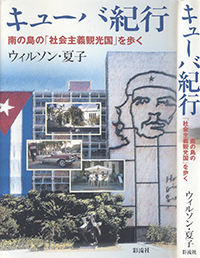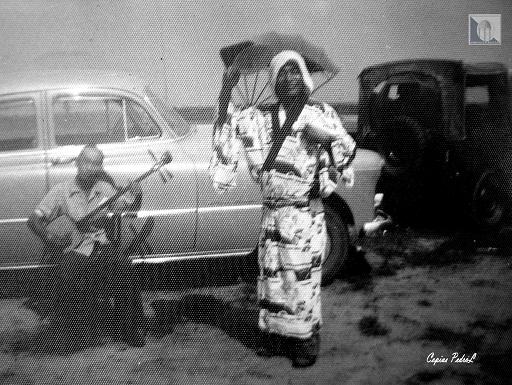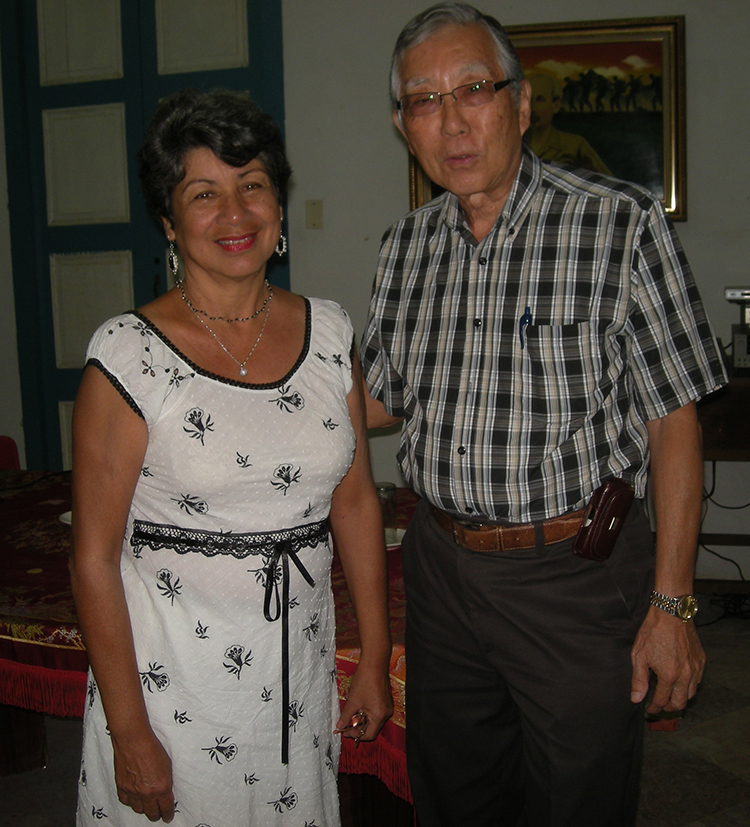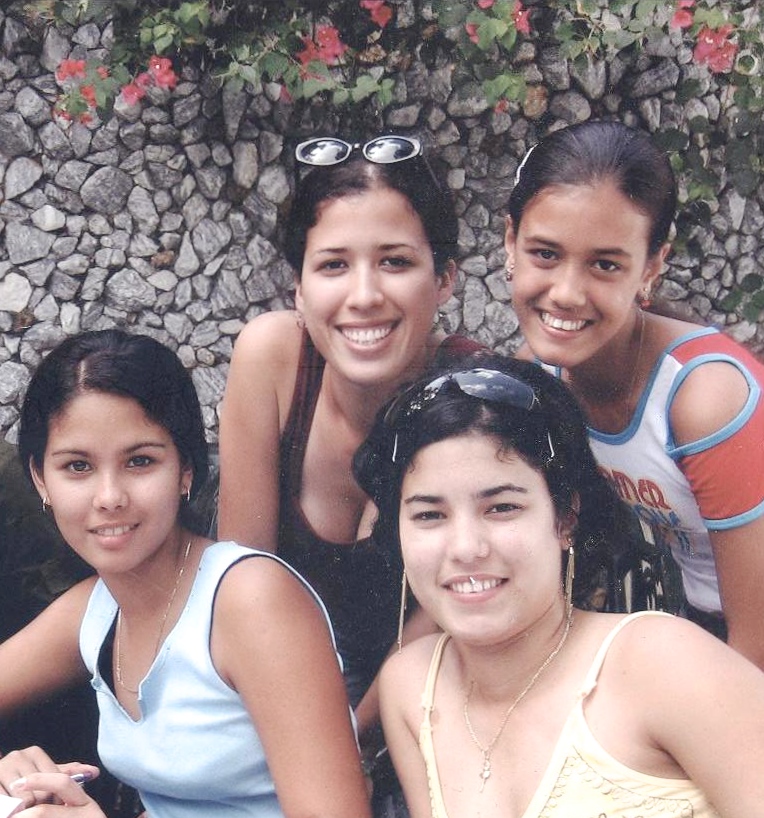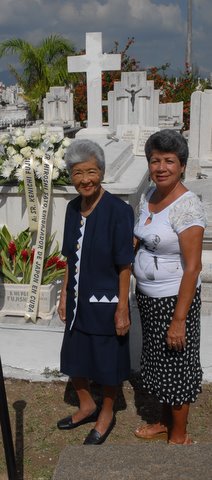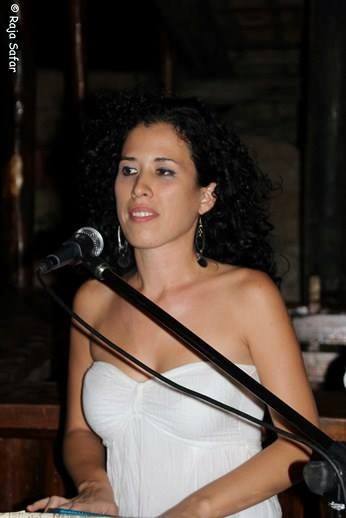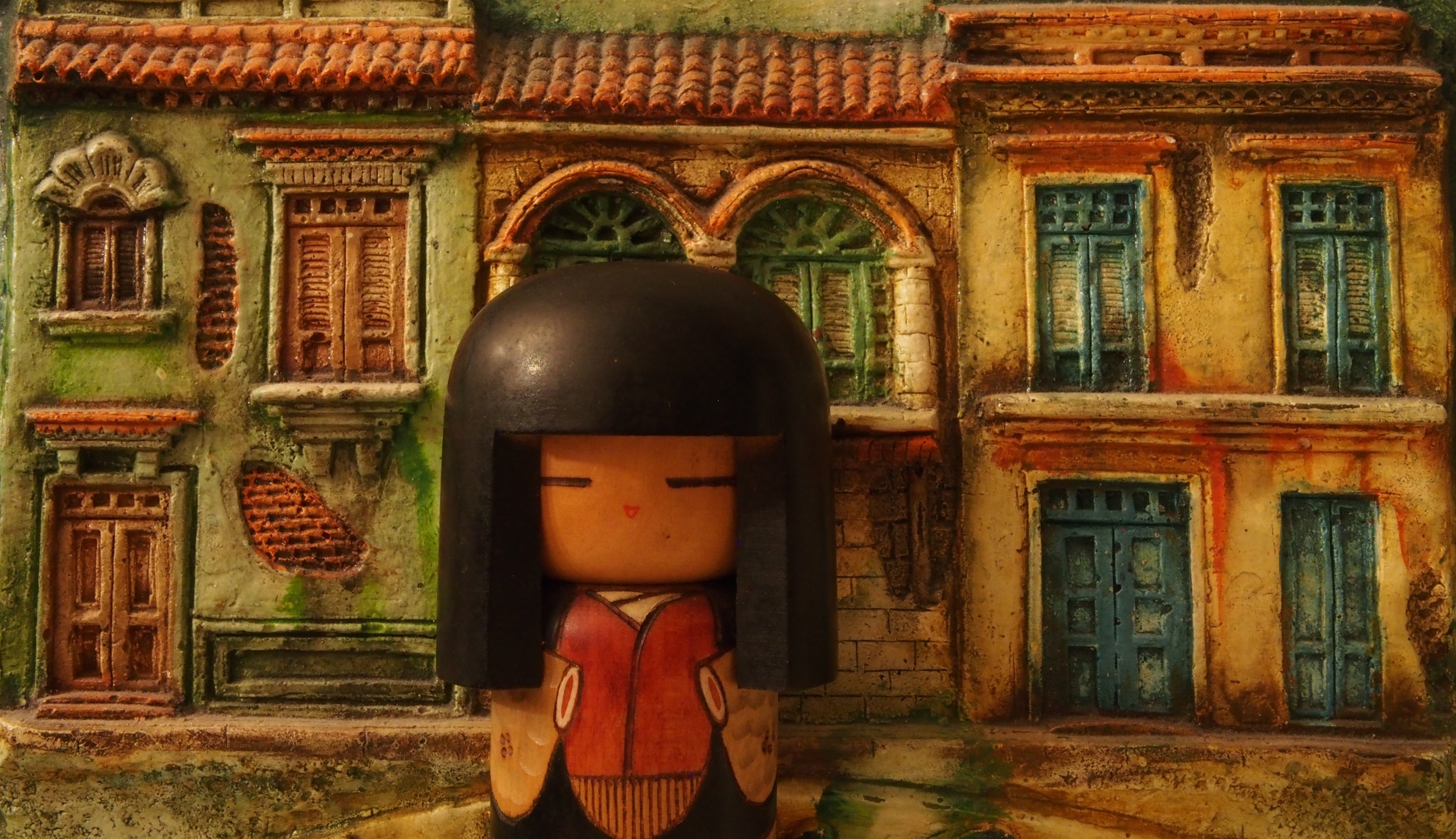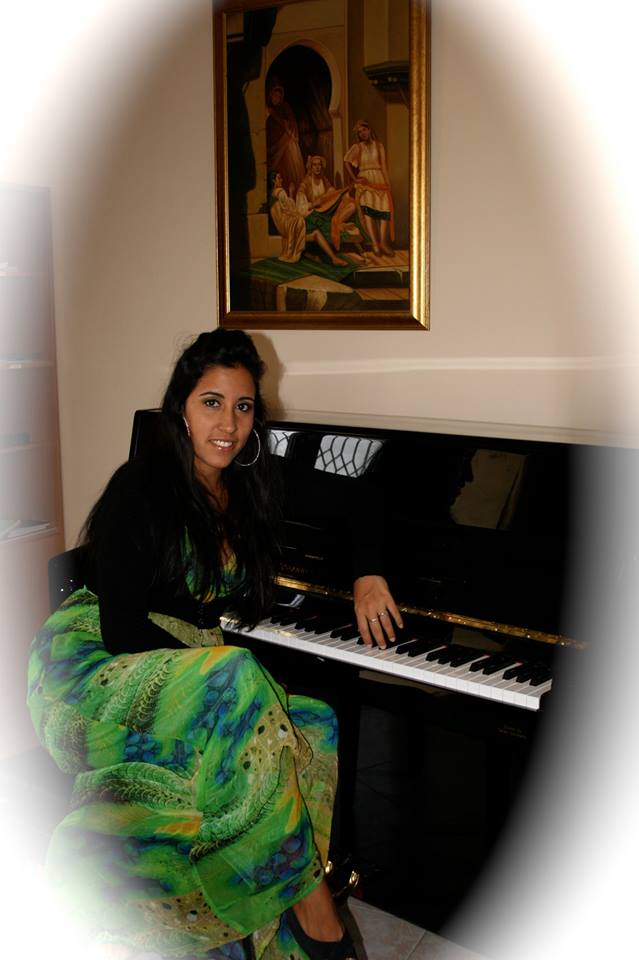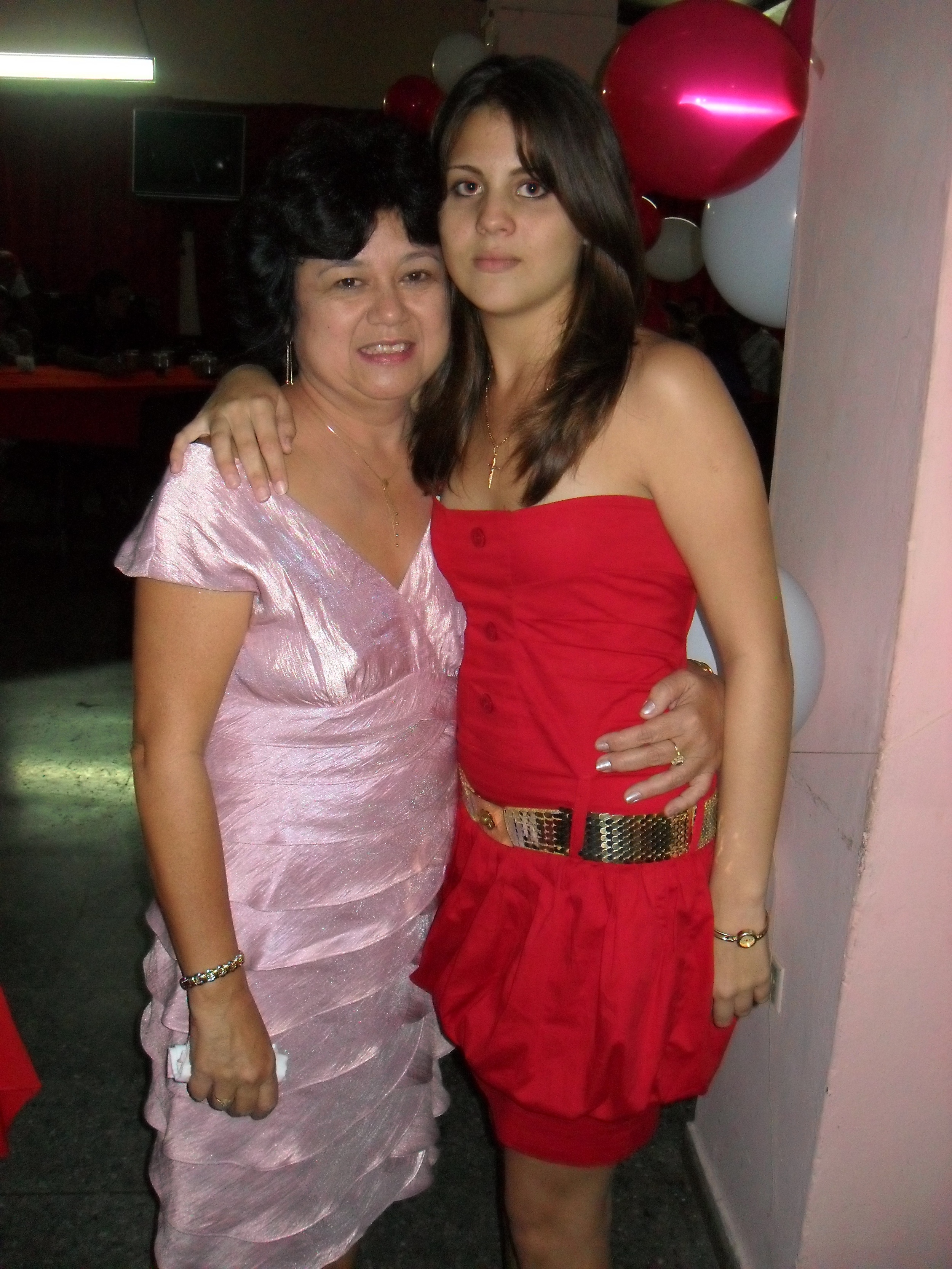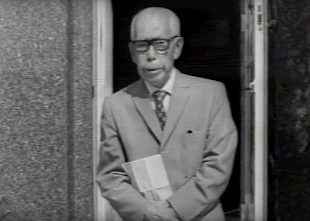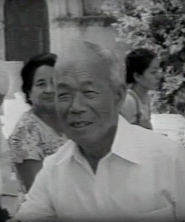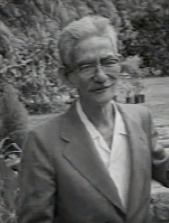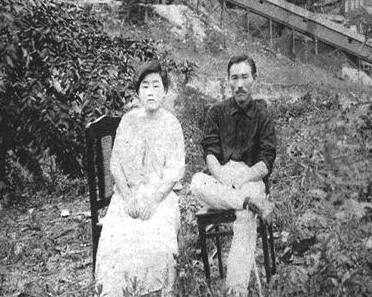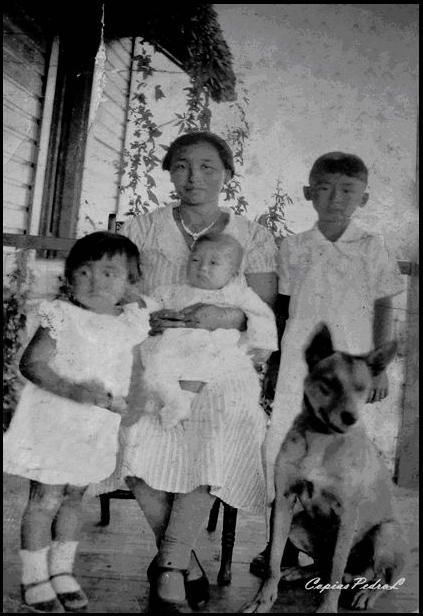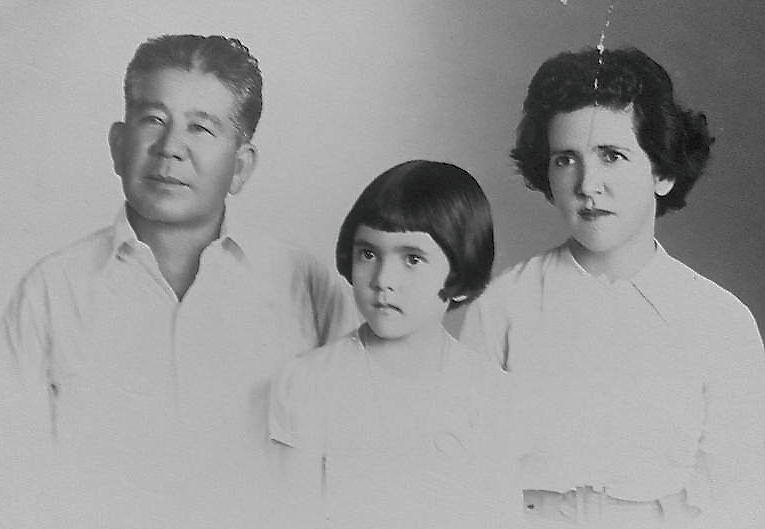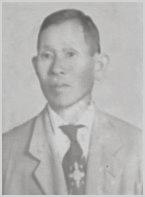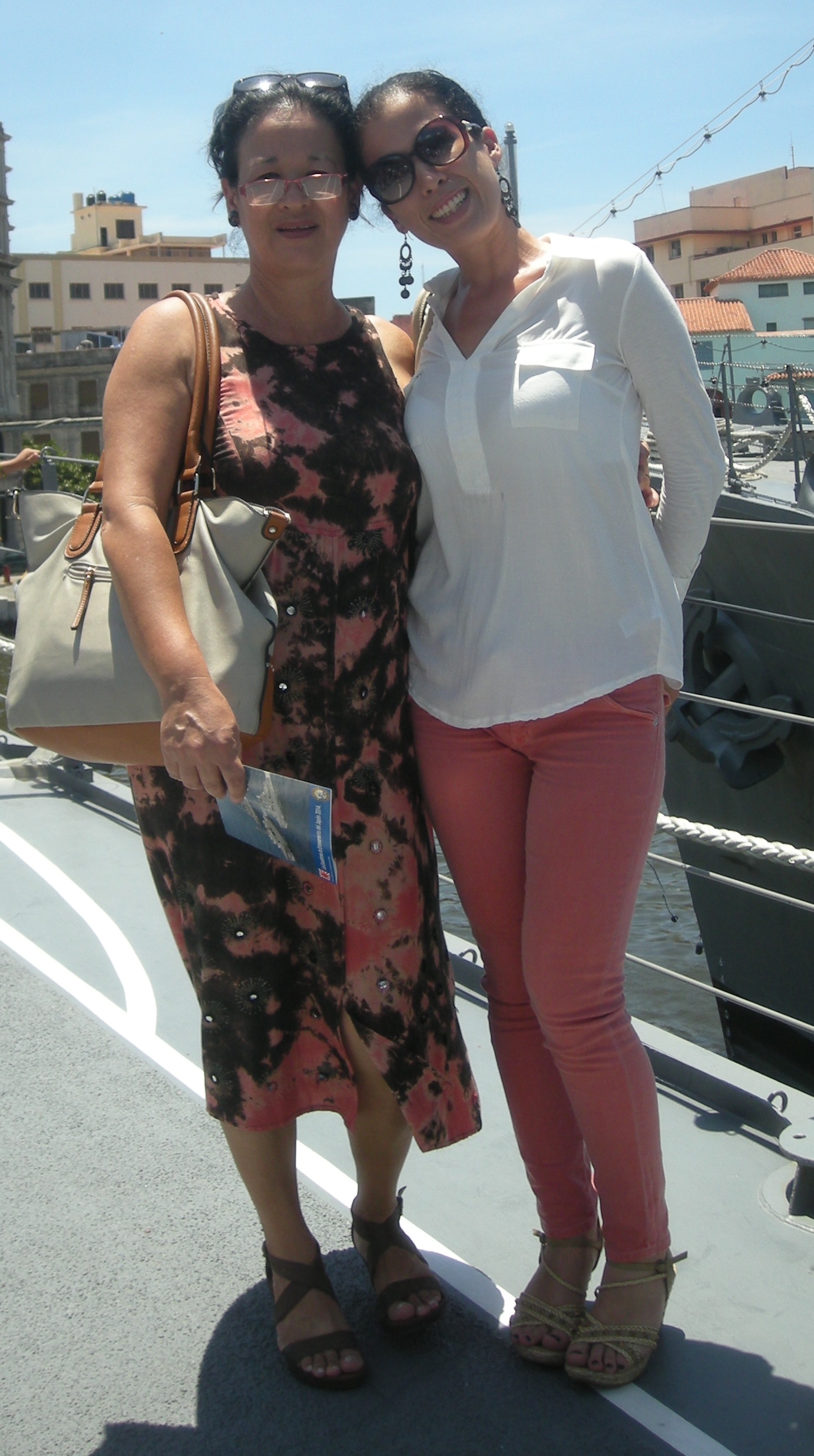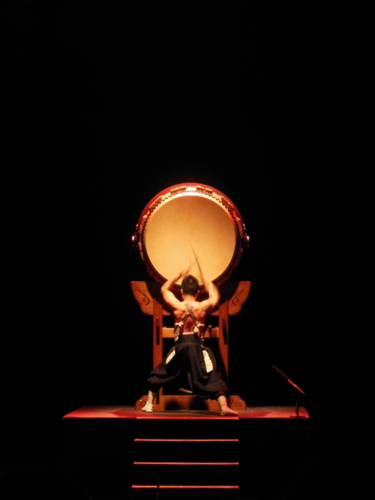In 1998 something out of the ordinary took place at the Pantheon of the Japanese Colony in Cuba, in Havana City's Christopher Columbus Cemetery. Religious chants were heard for a long period of time in a mix of male and female voices, during a windy and sunny day of February. A delegation from Tokyo's Denzuin temple had come to Cuba in the year of the centenary of the Japanese immigration. They performed a Shintoist ceremony to honour the memory of the Japanese immigrants and the Cuban-Japanese nikkei who had passed away since 1898, when it is believed that the first Japanese immigrant arrived in Cuba.
The varied group (of Japanese visitors and people from the Cuban-Japanese community) who gathered on that day, shared one moving and curious experience. For some, it was usual to visit the Pantheon, although it was uncommon to remember the deceased to the soothing tune of a Shintoist ceremony's chanting. For others, to experience their Shinto ritual in a Cuban context also meant a familiar-odd combination. Hence on that day, two different ways of remembering "met" in front of the Pantheon.
___________________ESPAÑOL___________________
En 1998 algo inusual ocurrió frente al Panteón de la Colonia Japonesa de Cuba, en el Cementerio de Cristóbal Colón, en La Habana. Era un día de febrero, soleado y de mucho viento, sobre todo en la esquina de las calles 6 y K (donde se ubica el Panteón), y se escuchaban rezos en japonés, en una mezcla de voces femeninas y masculinas. Así rezaban los integrantes de una delegación del templo Denzuin, en Tokyo, quienes habían venido a Cuba en el año del centenario de la inmigración japonesa. Ellos realizaron una ceremonia sintoísta en honor a los inmigrantes japoneses y a los nikkeis cubano-japoneses que habían fallecido desde 1898, cuando se estima que llegó a Cuba el primer inmigrante japonés.
Ese día se reunió un grupo diverso (de visitantes japoneses y miembros de la comunidad cubano-japonesa), que, sin embargo, compartió por igual una experiencia emotiva y curiosa. Para algunos, la visita al Panteón era algo habitual, aunque no así recordar a los difuntos con los cantos de una ceremonia sintoísta. Para otros, experimentar el ritual sintoísta en un contexto cubano también significó una combinación de lo familiar y lo inusual. De manera que en ese día, dos formas de recordar se encontraron frente al Panteón.




